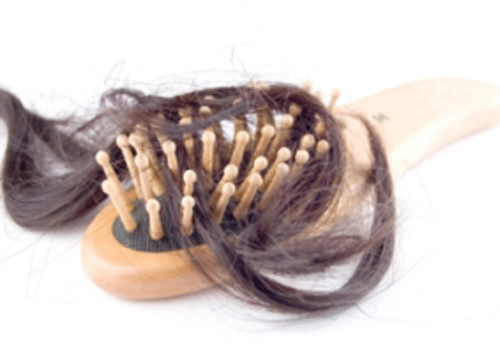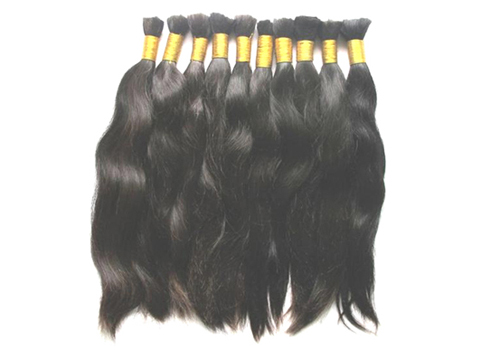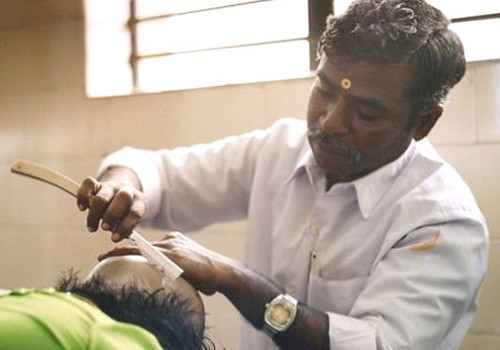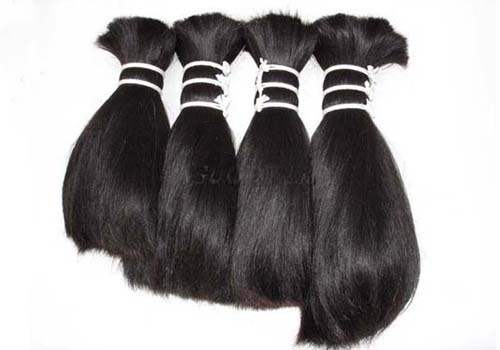If your hair is short, hair extensions can be a useful tool to make it look longer; if it’s already long, you can also opt for a shorter look without cutting your hair. The art of hair extensions involves attaching your own hair to synthetic or human hair. A variety of types are created to attach the hair: wigs, hair weaving, clip in hair extensions, pre-bonded hair extensions, micro loop hair extensions and tape hair extensions. At beauty supply stores there is a huge selection of human hair in various textures, ever wonder where this hair extension material comes from?
Fallen Hair
The average adult has over 100,000 strands of hair on their scalp and it is common to lose about 100 strands per day. People sell hair that has fallen naturally to hair farmers. The hair farmers then sell the hair to factories where it will be made into hair extensions.
Remy Hair
The term “remy hair” means the hair that is cut or harvested directly from the head. This hair remains with the cuticle intact and all run in the same direction, so it’s tangle free. Remy hair could come from any country, and Asia in particular, is a big material market.
Asian Origins
Most human hair sources are located in Asia. In India, men and women come to temples to cut their hair in hopes of receiving blessings in life. Many Indian women brush their hair two or three times a day to collect fallen hair to sell to suppliers in order to support their families.
China and other Asian countries also provide human hair material. A typical Chinese hair strand is straight, thick and coarse. If you are looking for an extremely straight style, Chinese remy hair should be a good choice.Chinese hair is often used to create kinky and curly or kinky and relaxed textures because of its coarseness.
Other Countries
Human hair is also available from Brazil, Mongolia, Russia and Malaysia. Hair of different textures could be processed to meet the different requirements of its users.




